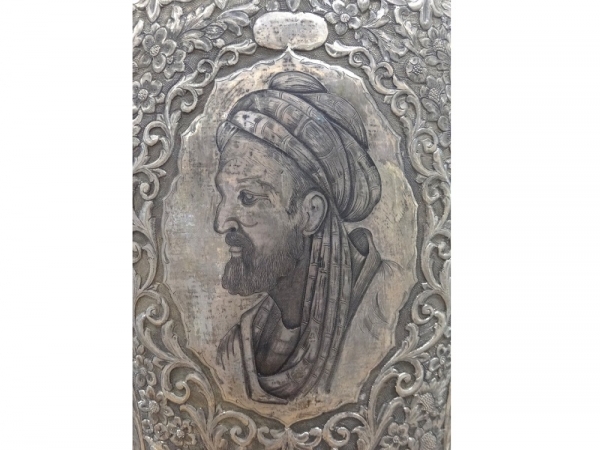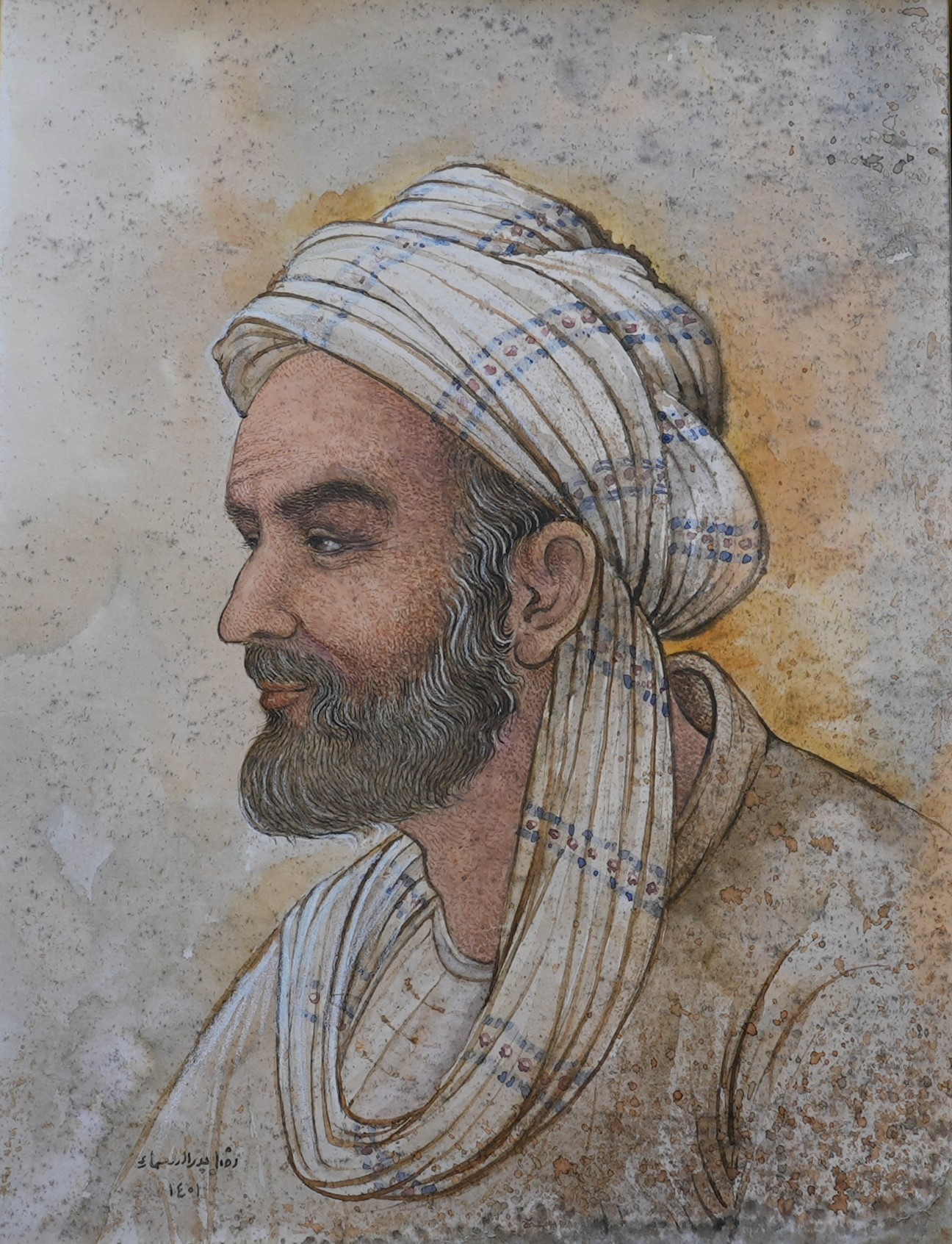On 23 August the Iranians celebrate the birthday of Abu Ali Ibn Sina, also known as Avicenna. He was an all-round scholar, who wrote numerous works on philosophy, astronomy, medicine, maths, mineralogy. Apart from that, he was also a poet and a musician.
Inspired by this great scholar, our Foundation also strives to diversify its activities. It is not a coincidence that the organization was named after this outstanding medieval thinker.
Ibn Sina’s father, who worked in the government, provided his son with home-based education and instilled a love of learning in him from the very young age. ‘Abu Ali excelled his teachers very soon and took up physics, metaphysics and medicine based on the works of Euclid, Ptolemy and Aristotle. He spent a few years in Khwarezm, in the “Ma’mun academy”, which was a community of renowned scholars. After 1008 he had to live a life full of court plots, depending on the emirs’ and sultans’ whims. In 1030, when Isfahan was attacked by the governor of the sultan Masood of the Ghaznavid dynasty, the Ibn Sina’s house was robbed, and many of his works disappeared. All these hardships undermined his health, and in 1037 he passed away and was buried in Hamadan (North Iran).
Ibn Sina’s legacy covers different fields: philosophy, medicine, mathematics, astronomy, mineralogy, poetry, music etc. The exact number of his works is unknown (it is thought to be 456, including works in Farsi).
Ibn Sina’s seminal work is “The Canon of Medicine” (Al-Qanun fi at-Tibb), written in 1013-1021. This work consists of 5 volumes and contains information on pharmacology, a detailed description of the human’s heart, liver and brain. The author argued against the opinion that the eyesight’s source was the crystalline lens and proved that the images were perceived by the retina. Avicenna defined the differences between plague and cholera, pleuritis and pneumonia; he described leprosy, diabetes, gastric ulcer etc. Being an experienced surgeon, Ibn Sina provided a detailed anatomical description of the human body, with a particular focus on the brain activity. “The Canon”, translated into Latin in the 12th century, served as a reference book for European doctors until the 17th century.
“The Book of Healing”, which also covered various fields, also became very popular. Its part devoted to the human soul was translated into Latin and gained distinction in Europe in the middle of the 12th century under the name of Liber de Anima. There are currently 50 manuscripts of the Latin translation, whose first edition was published in Padua in 1485.
Ibn Sina expressed his philosophical views in “The Book of knowledge” (Danish-name”).
The work entitled “The Book of Directives and Remarks” (al ‘Isharat wa-t-tanbihat, 1035–1036) summarized his philosophical reflections. [The history of Arab Muslim philosophy: textbook/ edited by A.V.Smirnov. 2nd edition, revised and corrected. М.: 2019 (under publication)].



